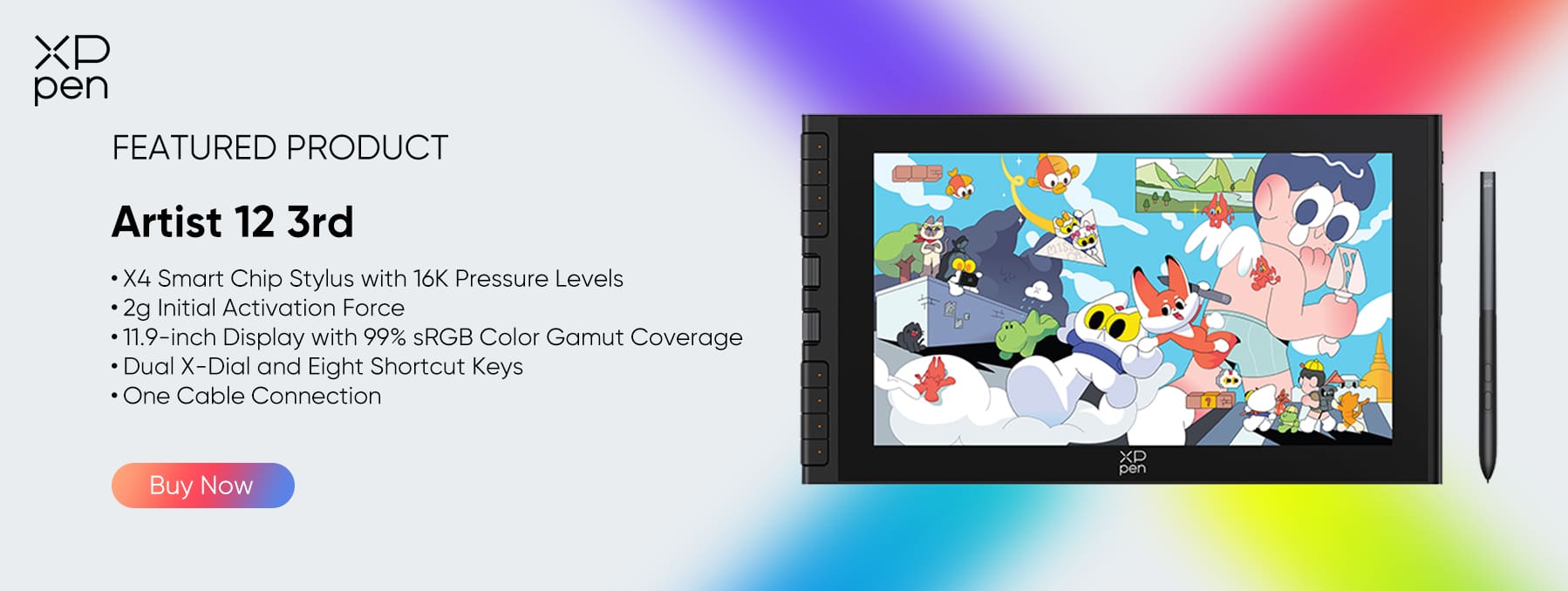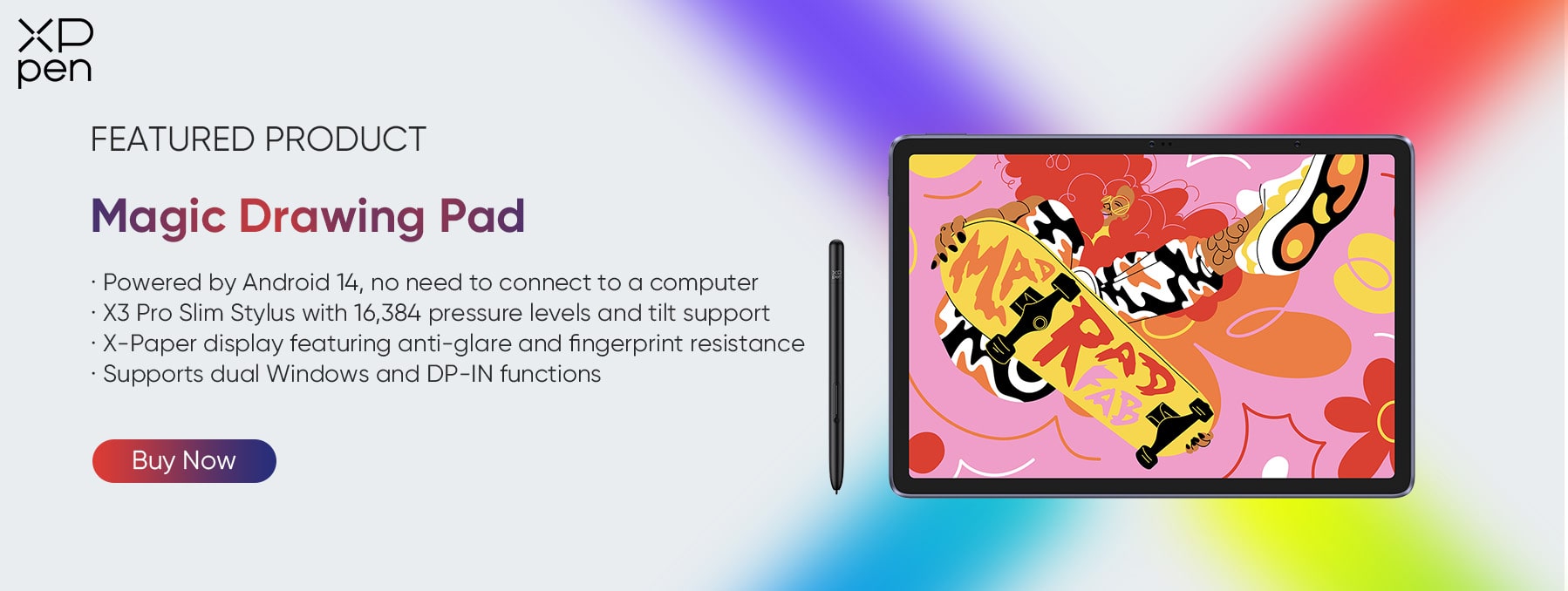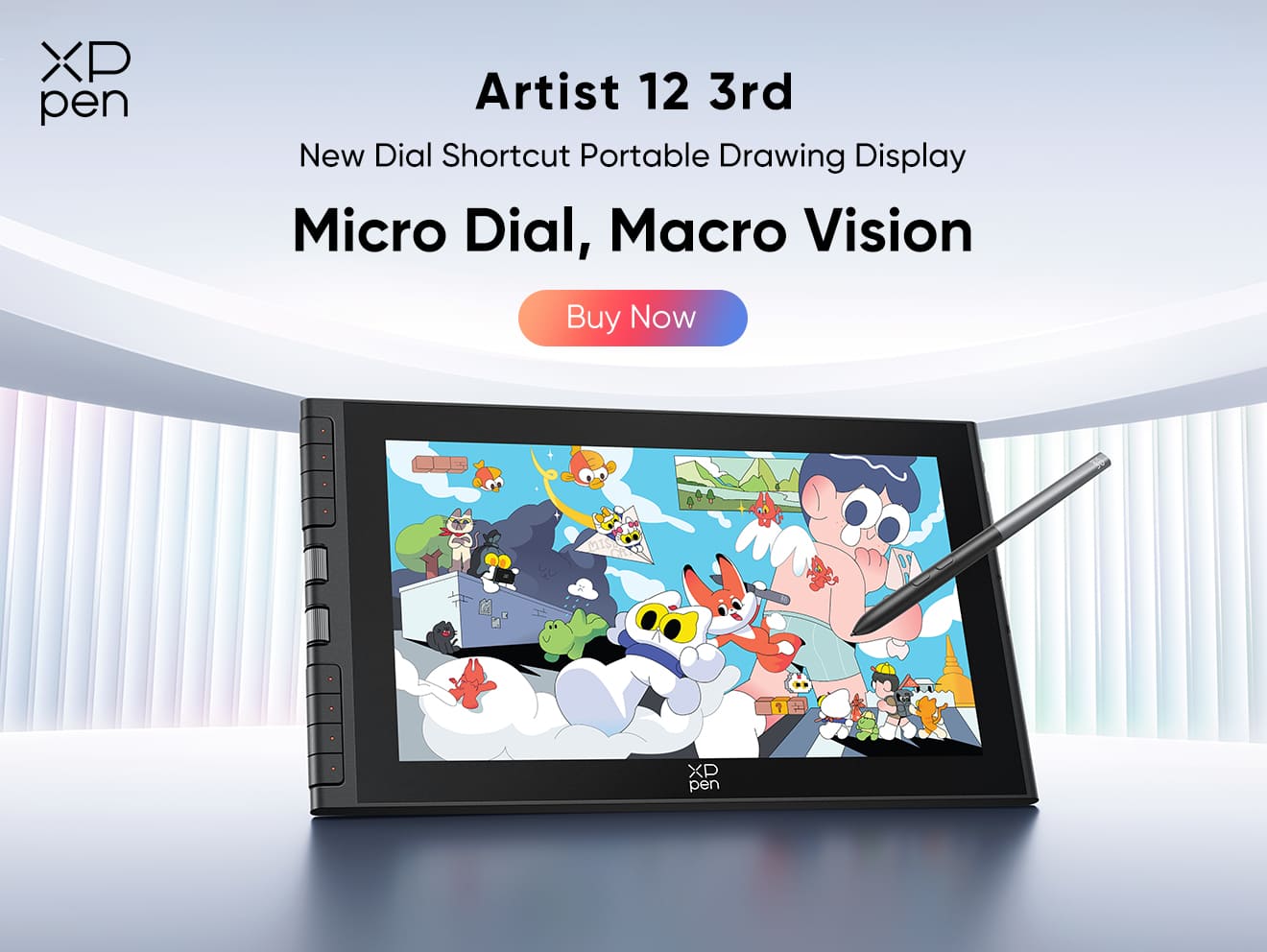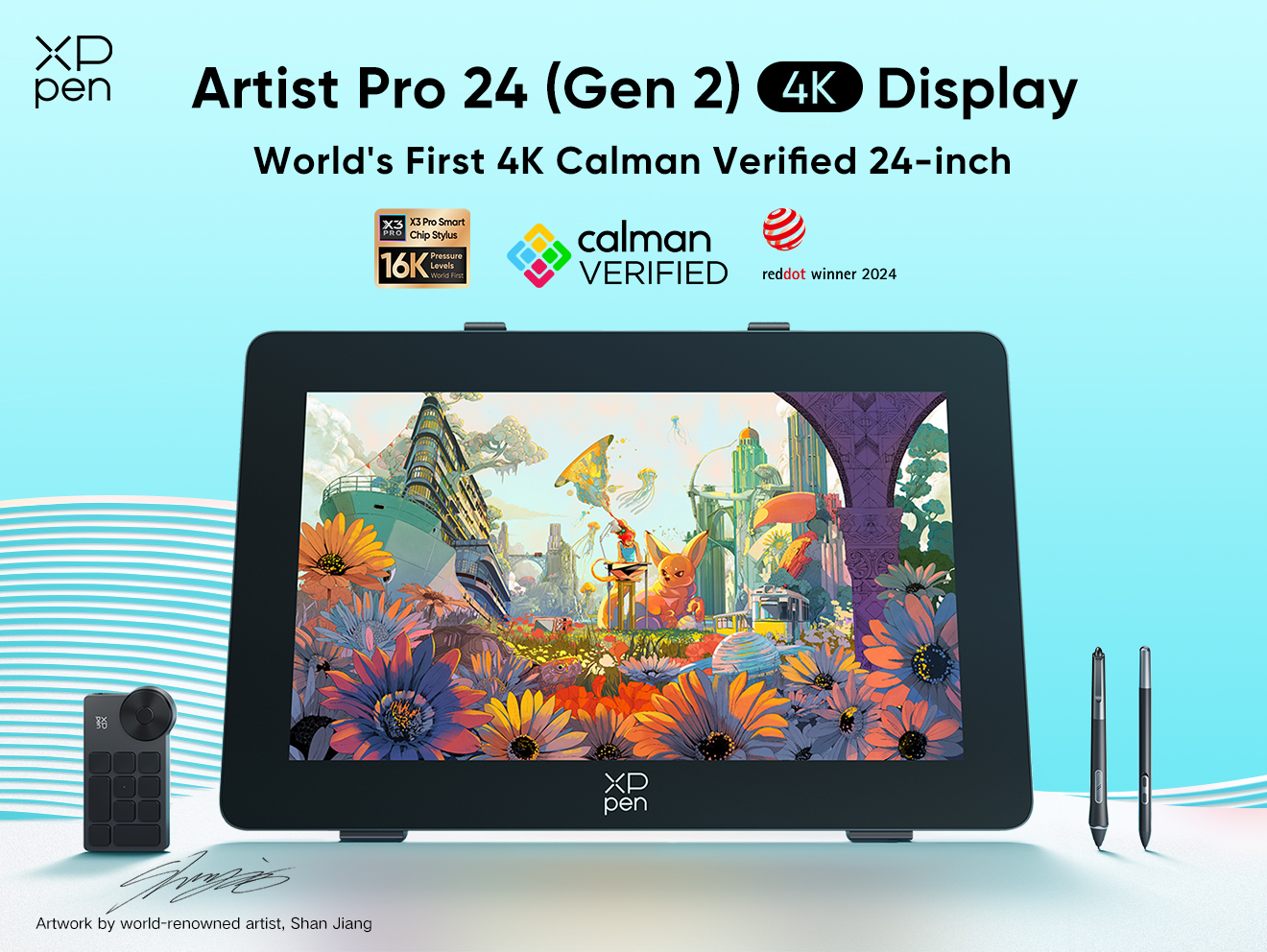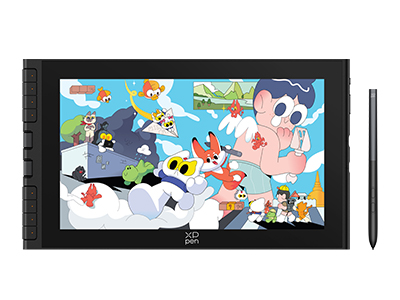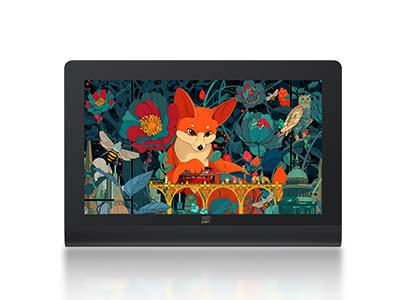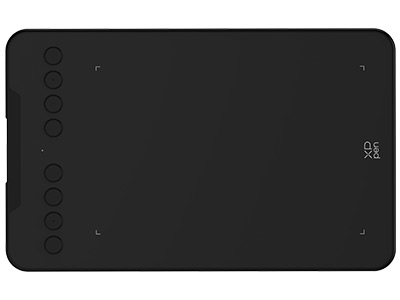
What Do Book Illustrators Use to Draw?
KNOWLEDGEBook illustrators use a wide range of drawing tools—from traditional brushes and pencils to modern digital drawing tablets and pen displays. Each tool influences how illustrators express creativity, build texture, and finalize book art. Traditional tools like paints and paper have long been the foundation of illustration, offering tactile satisfaction and a handmade feel. However, the rise of digital tools such as tablets and stylus pens has opened new possibilities for speed, flexibility, and experimentation. As technology advances, many illustrators now blend both worlds—sketching on paper before refining digitally, or mimicking traditional effects with digital brushes. In this blog, we’ll explore both traditional and digital drawing tools, helping you understand their strengths and limitations so you can find the one that best fits your creative needs. Keep reading to discover which tools can bring your illustrations to life.
Traditional Drawing Tools
Traditional drawing tools have long been the cornerstone of book illustration. Before the rise of digital technology, illustrators relied solely on physical materials to shape every line, texture, and color by hand. These tools provide not only tactile control but also a sense of craftsmanship that many artists still value today.
The organic variations of brushstrokes, paper grain, and pigment blending give traditional illustrations warmth and authenticity that digital methods often seek to emulate. Even in the digital age, a strong foundation in traditional techniques remains invaluable—helping artists develop observational skills, color sensitivity, and a personal artistic style.
Common Traditional Tools
Graphite pencils and mechanical pencils – ideal for sketching, outlining, and tonal studies.
Ink pens and brush pens – Perfect for clean lines, expressive strokes, and inking comic-style illustrations.
Watercolors, gouache, and acrylic paints – used to add depth, transparency, or vibrancy to illustrations.
Colored pencils and alcohol markers – great for layering colors and achieving smooth transitions.
High-quality paper and sketchbooks – The texture, thickness, and tone of paper can dramatically affect the final result.
Pros & Cons
| Pros | Cons |
|---|---|
| Authentic, tactile, and hand-crafted feel | Time-consuming |
| Doesn’t require electricity or devices | Mistakes are harder to fix |
| Great for developing core drawing skills | Storage and scanning can be inconvenient |
Digital Drawing Tools
As illustration increasingly embraces technology, digital drawing tools have become essential for modern book artists. Unlike traditional media, digital tools offer unparalleled flexibility—allowing artists to experiment freely, correct mistakes instantly, and work with layers, filters, and effects that would be difficult to achieve by hand.
Digital drawing tools vary in form and functionality, from computer-connected tablets to standalone devices. Each offers different levels of control, responsiveness, and convenience. Understanding these categories helps illustrators choose the right setup for their workflow and creative needs.
Main Categories
Graphic Tablets (e.g., XPPen Deco 01 V3) — Draw with a stylus while viewing your work on a separate computer screen. These are affordable and reliable for beginners and professionals alike.
Pen Displays (e.g., XPPen Artist 12 3rd, Artist Ultra 16) — Allow you to draw directly on the screen, offering a natural and immersive drawing experience.
Tablet Devices (e.g., iPad with Apple Pencil) — all-in-one portable solutions with powerful apps like Procreate, ideal for artists on the go.
Standalone Drawing Pads (e.g., XPPen Magic Drawing Pad) — Lightweight and specialized for digital art, combining portability with professional-grade pen sensitivity.
Pros & Cons
| Pros | Cons |
|---|---|
| Unlimited layers, undo, and color options | Requires a device and power source |
| Easy editing, storage, and sharing | Can be expensive |
| Lightweight and travel-friendly | May lack paper-like texture |
With the understanding of the characteristics and advantages and disadvantages of traditional and digital tools, the next key issue facing artists is how to choose the most suitable drawing tool based on their own needs and project characteristics. Whether it is the traditional method of preferring handmade texture or the digital means of pursuing efficiency and flexibility, choosing the appropriate tool can directly affect the creative experience and the final effect of the work. The following section will provide some guidance to help illustrators make informed decisions among numerous options.
How to Choose the Right Tool
Selecting the right illustration tools involves balancing personal style, project requirements, and practical considerations such as budget and workspace. Both traditional and digital methods have unique advantages, and the ideal choice depends on your creative goals and workflow.
Traditional Tools
Choose traditional tools if you love the tactile feel of brushes and paper, and enjoy experimenting with textures or mixed media.
Ideal for artists who value craftsmanship, physical materials, and the meditative process of hand drawing.
Perfect for picture books or projects emphasizing organic warmth and authenticity.
Digital Tools
| Skill Level | Recommended Tools | Key Benefits |
|---|---|---|
| Beginner | XPPen Deco 01 V3 (graphics tablet), XPPen Artist 12 3rd (pen display) | Affordable, easy to set up, beginner-friendly |
| Intermediate | iPad + Apple Pencil, XPPen Magic Drawing Pad | Balanced choice of power, portability, and precision |
| Professional | XPPen Artist Ultra 16 | Premium pen display with exceptional color accuracy, efficiency, and mobility |
No.1 XPPen Deco 01 V3
People who are new to digital art will find the XPPen Deco 01 V3 to be a perfect starting point. This graphics tablet offers a large drawing area, lightweight design, and excellent pen responsiveness—ideal for those beginning their creative journey in illustration, animation, or design.
Key Features:
Ultra-Responsive Stylus: 16,384 pressure levels and 60° tilt function for smooth, natural strokes.
Portable and Slim: Only 8 mm thick, easy to carry anywhere.
Battery-Free Stylus: No charging required for uninterrupted creativity.
8 Customizable Express Keys: Efficient shortcut access for drawing and editing.
Wide Compatibility: Works with Windows, macOS, ChromeOS, Linux, and Android devices.
No.2 XPPen Artist 12 3rd
The XPPen Artist 12 3rd is a compact, high-performance pen display designed for artists, designers, and students who want to create anywhere with precision and comfort. Equipped with the latest X4 smart chip stylus, the Artist 12 3rd delivers 16K pressure sensitivity, ultra-fast response, and an authentic pen-on-paper drawing feel. Its dual X-Dial design and customizable shortcut keys streamline creative workflows, while its lightweight, slim body makes it easy to take inspiration wherever you go.
Whether you’re sketching at home, studying in class, or creating on the move, the Artist 12 3rd is your ideal companion for limitless creativity.
Key Features
X4 Smart Chip Stylus – Upgraded pen with 16,384 pressure levels and ultra-fast 30ms response for precise, natural strokes.
Dual X-Dial Controls – Two customizable dials and 8 shortcut keys streamline your workflow for effortless creativity.
Full-Laminated Display – 11.9-inch FHD screen with AG nano-etched glass delivers a true paper-like drawing feel.
Vivid Color Accuracy – Covers 99% sRGB / 97% Adobe RGB / 97% DCI-P3 with ΔE < 1.2 for professional-grade visuals.
No.3 iPad + Apple Pencil
The iPad paired with the Apple Pencil provides an all-in-one creative solution for intermediate artists. It’s perfect for sketching, note-taking, and digital illustration—offering exceptional portability and app integration.
Key Features:
High-resolution Retina display: Delivers sharp, vibrant, and color-accurate visuals.
Apple Pencil (2nd Gen): Low latency, tilt recognition, and pressure sensitivity for a paper-like experience.
Versatile Apps: Seamless use with Procreate, Adobe Fresco, and Clip Studio Paint.
Portable Device: Combines screen, stylus, and performance in one unit.
Multi-Purpose Use: Ideal for both artistic creation and productivity tasks.
No.4 XPPen Magic Drawing Pad
People familiar with XPPen will recognize the innovation behind the Magic Drawing Pad. Launched in 2024, this Android-based drawing tablet breaks free from computer dependency, allowing independent operation powered by Android 14.
Key Features:
Super Portable: Only 6.9 mm thick and 590 g—easy to carry anywhere.
Powered by Android 14: No need for a computer; use it independently.
X3 Pro Slim Stylus: 16,384 pressure levels and tilt support for high precision.
X-Paper Display: Anti-glare and fingerprint-resistant for a comfortable drawing feel.
Dual Windows and DP-IN Support: Flexible connection and creative possibilities.
No.5 XPPen Artist Ultra 16
The XPPen Artist Ultra 16 represents the new generation of professional drawing displays. With a 4K OLED screen, dual styluses, and advanced touch control, it delivers a premium creative experience for illustrators, designers, and animators.
Key Features:
15.6-Inch 4K OLED Display: Offers ultra-clear, vivid visuals with 100,000:1 contrast ratio.
Native 10-Bit Color Depth: Displays 1.07 billion colors with 99% Adobe RGB and 98% P3 coverage.
X-Touch Multi-Touch Control: Allows intuitive zoom, rotate, and pan gestures.
Dual 16K-Pressure Styluses: Ultra-sensitive and precise for detailed drawing.
<1 ms Response Time:Smooth, real-time pen tracking without lag.
Award-Winning Design: Lightweight aluminum body, fanless cooling, and Red Dot 2025 recognition.
ACK05 Shortcut Remote: 40 programmable keys for faster creative workflow.
Choosing by budget and needs:Start small and upgrade as your skills and career grow. Beginners might start with an entry-level tablet or simple sketchbook. Professionals often invest in high-end pen displays for better color accuracy, pressure sensitivity, and workflow integration.
FAQ
Q1: Do book illustrators still use traditional tools?
Yes. Many combine hand-drawn sketches with digital finishing.
Q2: Is a drawing tablet necessary for illustration?
Not strictly, but it greatly enhances the digital workflow.
Q3: Which software do professionals use?
Adobe Photoshop, Clip Studio Paint, Procreate, and Krita are among the top choices.
Q4: How can I transition from traditional to digital art?
Recreate your familiar techniques digitally and practice consistently.
Q5: Do I need expensive equipment to start?
No. Creativity and practice matter more than costly gear.
Conclusion
Today's book illustrators can choose from both traditional and digital tools, depending on their artistic goals. Traditional media offers authenticity and texture, while digital tools bring speed and flexibility. When it comes to choosing the right equipment, your skill level and budget are key considerations. Beginners might explore budget-friendly options like the XPPen Deco 01 V3 or Artist 12 3rd, while professionals can rely on advanced pen displays such as the XPPen Artist Ultra 16 for portable, high-performance workflows. Ultimately, the best tool is the one that supports your creativity, efficiency, and storytelling.
About Us
Founded in 2005, XPPen is a leading global brand in digital art innovation under Hanvon UGEE. XPPen focuses on the needs of consumers by integrating digital art products, content, and services, specifically targeting Gen-Z digital artists. XPPen currently operates in 163 countries and regions worldwide, boasting a fan base of over 1.5 million and serving more than ten million digital art creators.
Learn moreLooking for the Best Drawing & Design Apps?
Discover essential drawing techniques, expert tips, and the best app recommendations to boost your creativity and master digital art.

